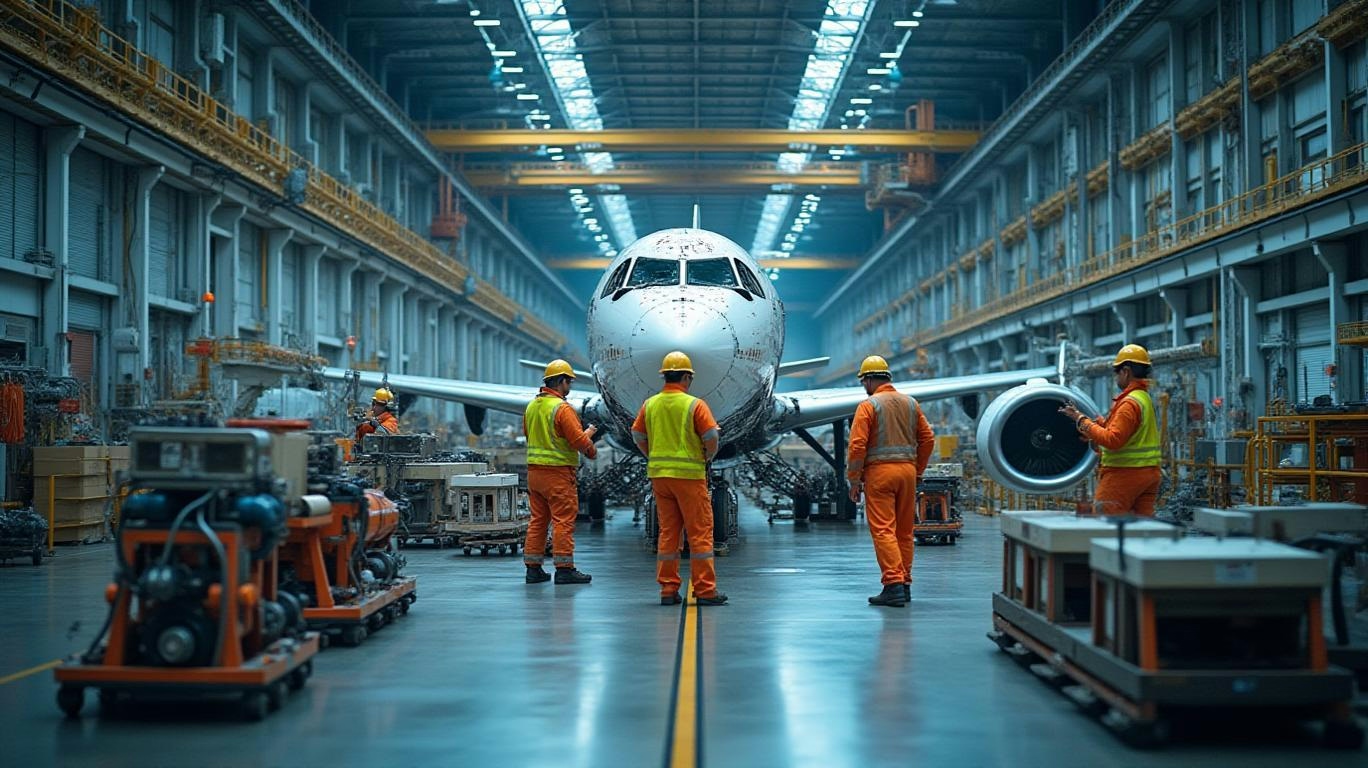
Correo más inteligente, negocios más rápidos. Etiqueta, analiza y responde automáticamente a solicitudes, cotizaciones, pedidos y más — al instante.
Tendencias
Categories
IndiGo Doubles Airbus A350 Order to 60 Aircraft, Expanding Long-Haul Plans
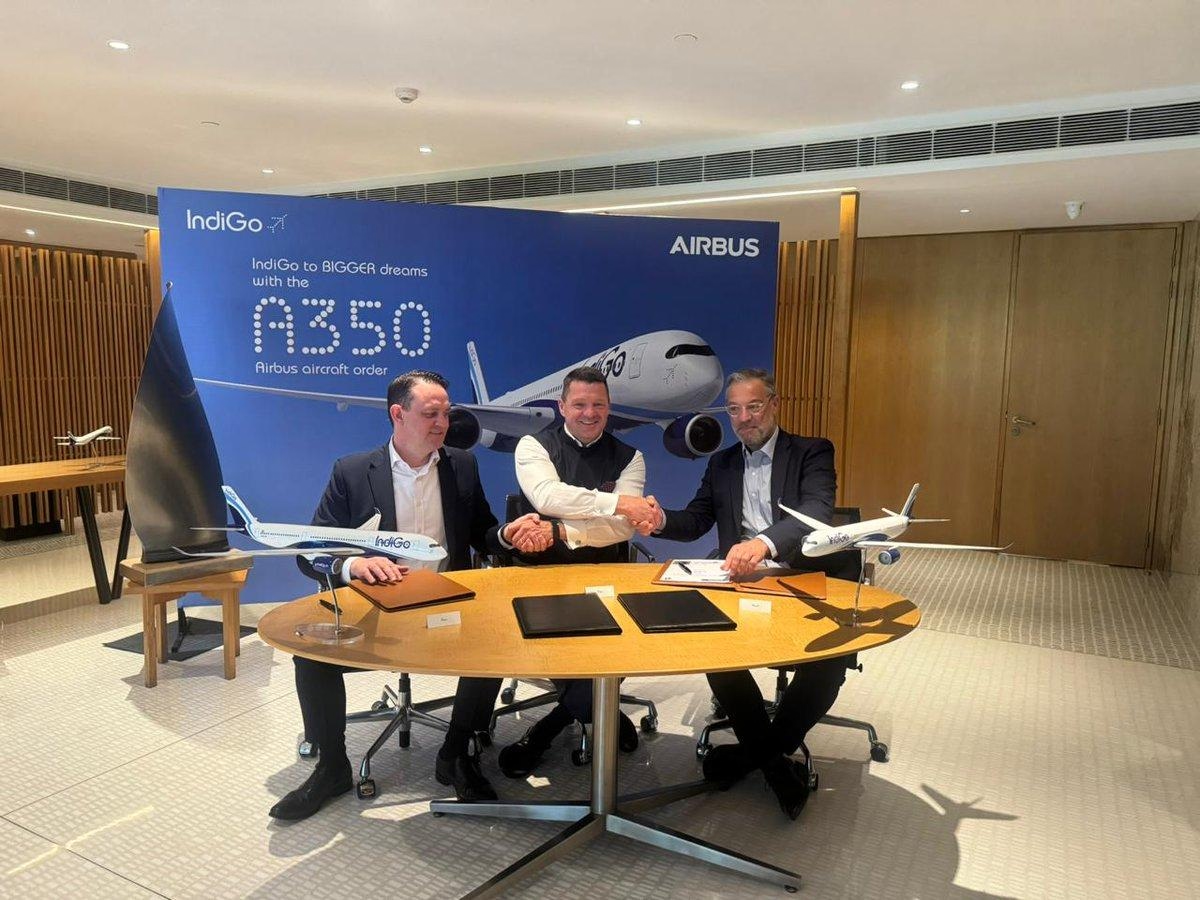
IndiGo Doubles Airbus A350 Order to 60 Aircraft, Expanding Long-Haul Plans
Expansion of Fleet and Strategic Vision
IndiGo has taken a decisive step in advancing its long-haul international ambitions by converting 30 of its purchase rights for wide-body aircraft into a firm order with Airbus. This move doubles the airline’s commitment to the Airbus A350-900, bringing the total firm order to 60 aircraft. The initial agreement, announced in April 2024, included a firm order for 30 A350-900s alongside purchase rights for an additional 70 aircraft. Deliveries for the original order are scheduled to commence in 2027. This expansion is a key component of IndiGo’s strategic objective to broaden its international network, connecting major Indian metropolitan centers with new global destinations and enhancing connectivity through partnerships with other airlines.
Aircraft Specifications and Operational Capabilities
The Airbus A350-900s that IndiGo has ordered will be equipped with Rolls-Royce Trent XWB engines, which are widely recognized for their fuel efficiency and reliability. The combination of the A350’s advanced aerodynamic design and the Trent XWB’s performance capabilities will provide IndiGo with enhanced operational flexibility and extended range. These attributes are essential for meeting the evolving demands of the Indian aviation market and supporting the airline’s transition into long-haul international service.
Steps Toward Long-Haul Service Launch
In preparation for its expanded long-haul operations, IndiGo began deploying six temporarily leased wide-body aircraft in March 2025. These leased planes will remain in service until the delivery of the new A350s is completed by 2026. This interim strategy underscores IndiGo’s commitment to establishing a robust long-haul presence while ensuring a seamless transition to its own modern wide-body fleet.
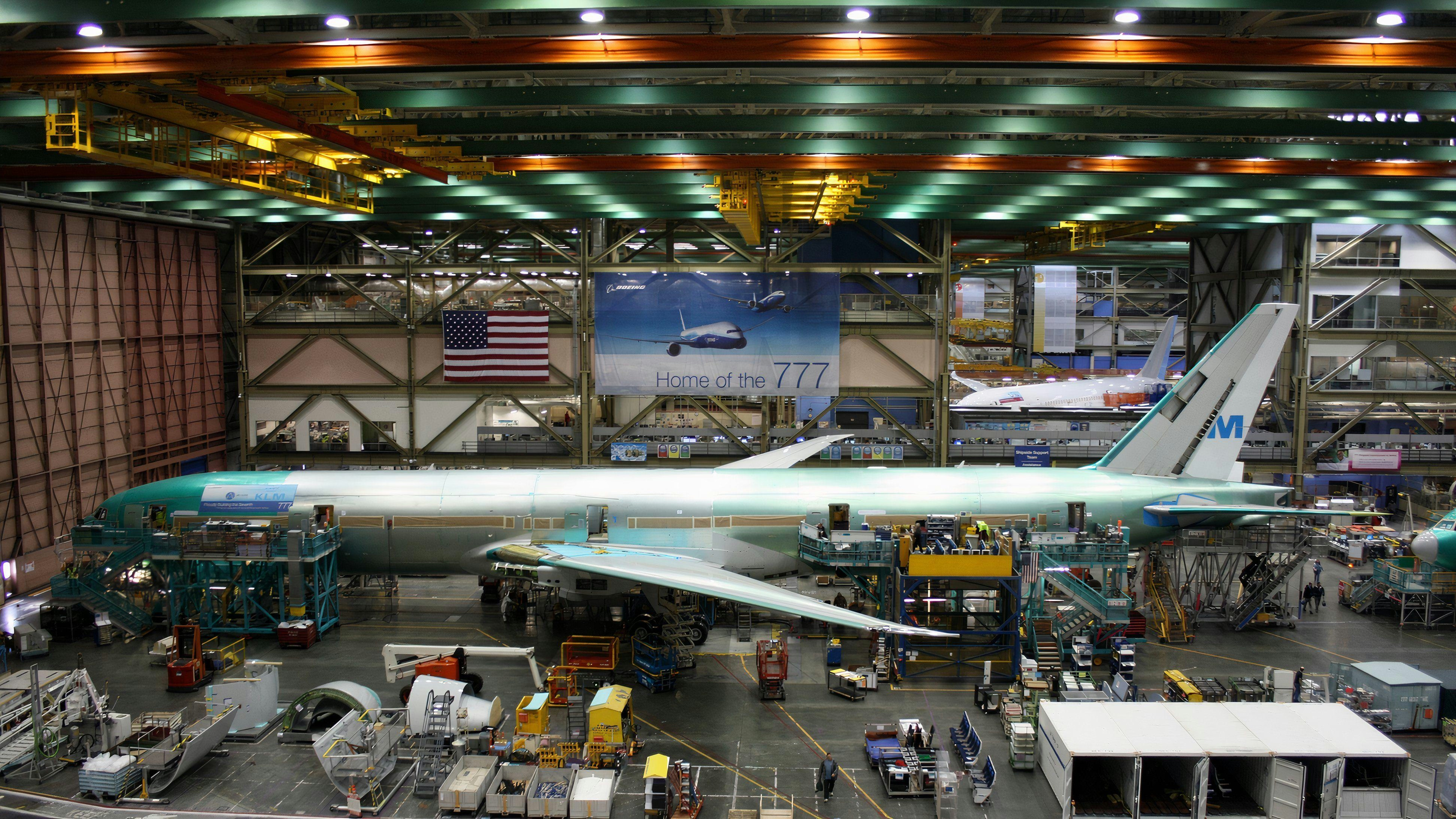
SMBC-Led Acquisition of Air Lease Corp. and Its Industry Implications

Cathie Wood’s ARK Invest Increases Stake in Archer Aviation as Air Taxis Advance
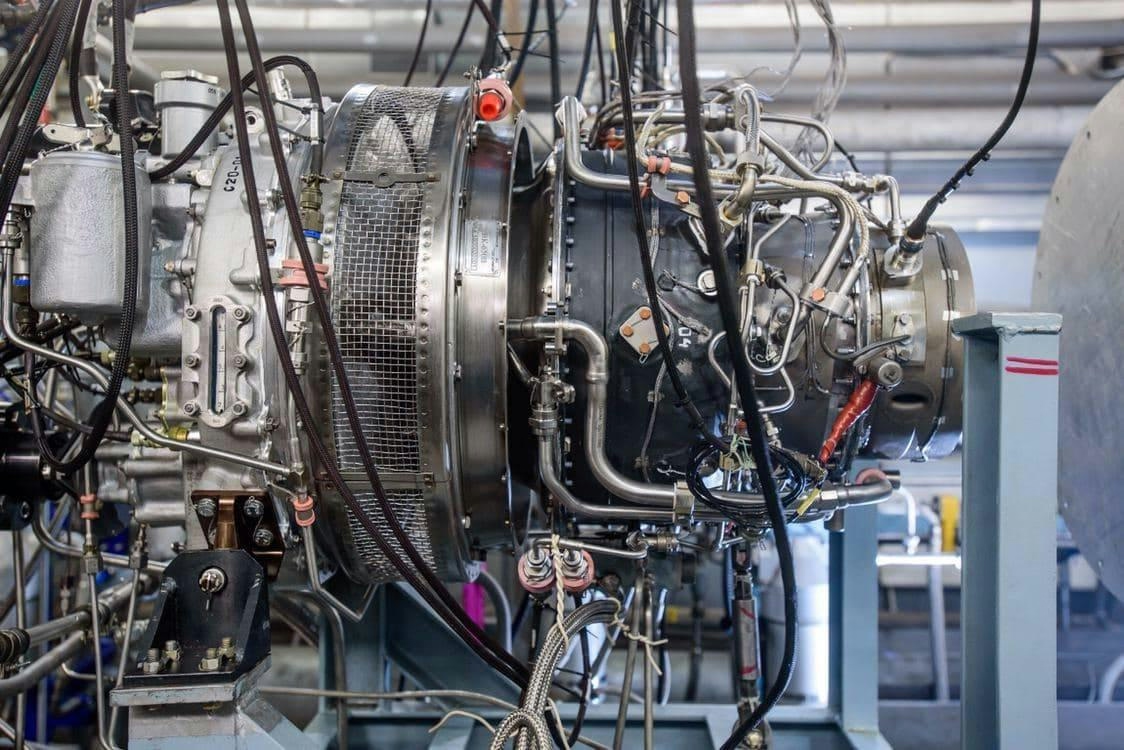
Ansat Helicopter Completes First Flight Powered by Russian VK-650V Engine
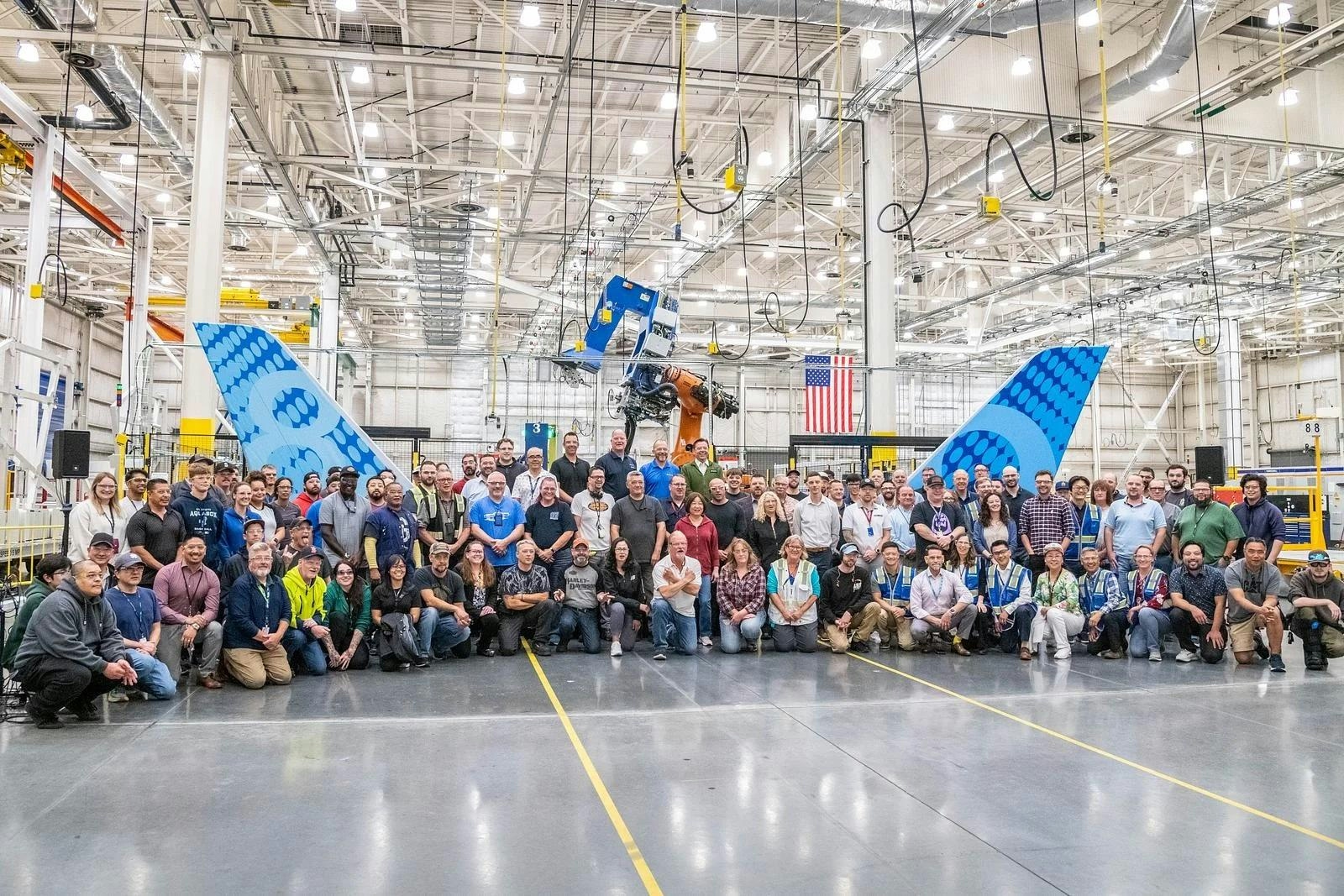
TAT Technologies Launches FutureWorks Aerospace Innovation Center
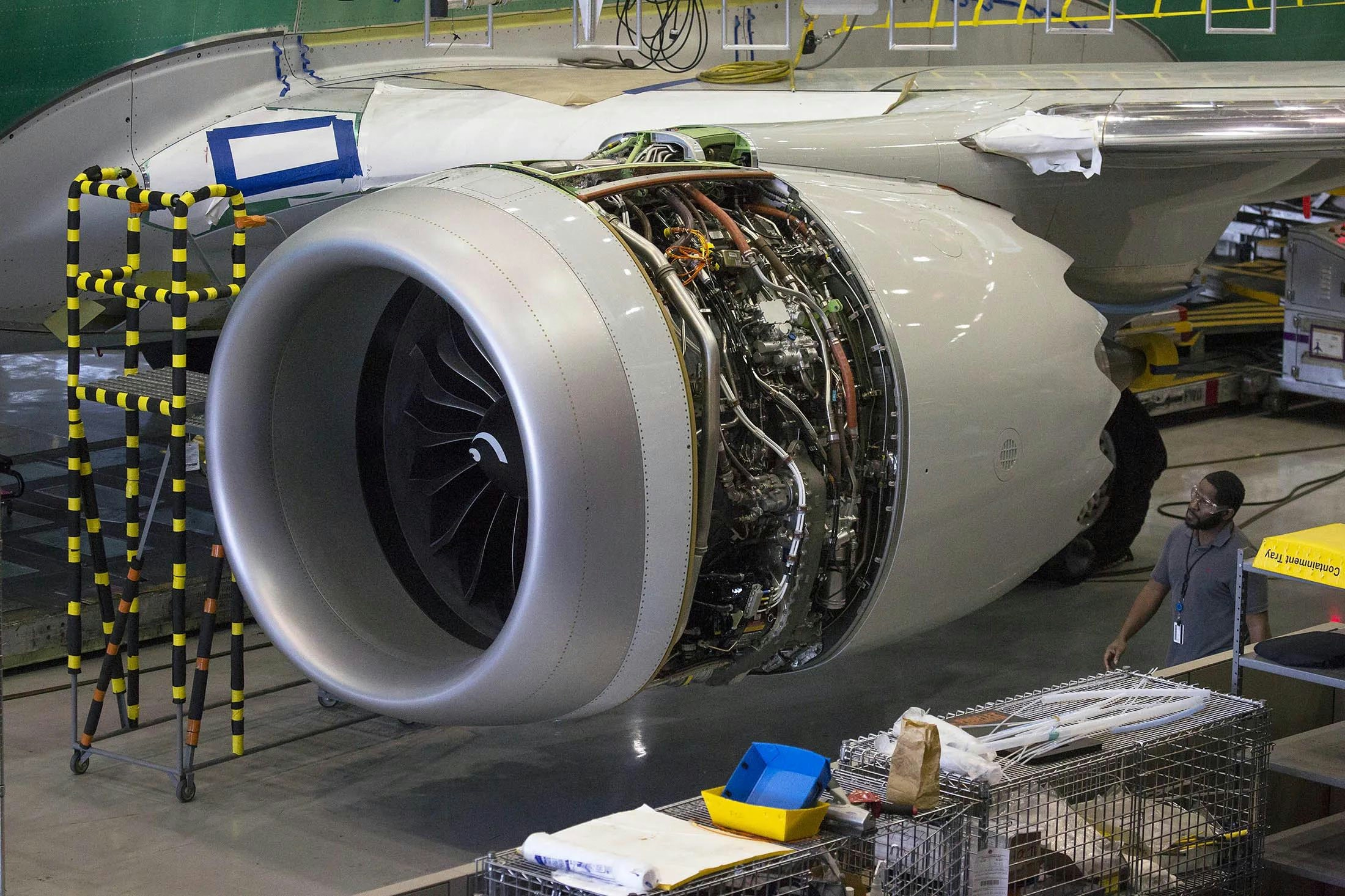
How Long It Takes for a New Plane to Be Delivered
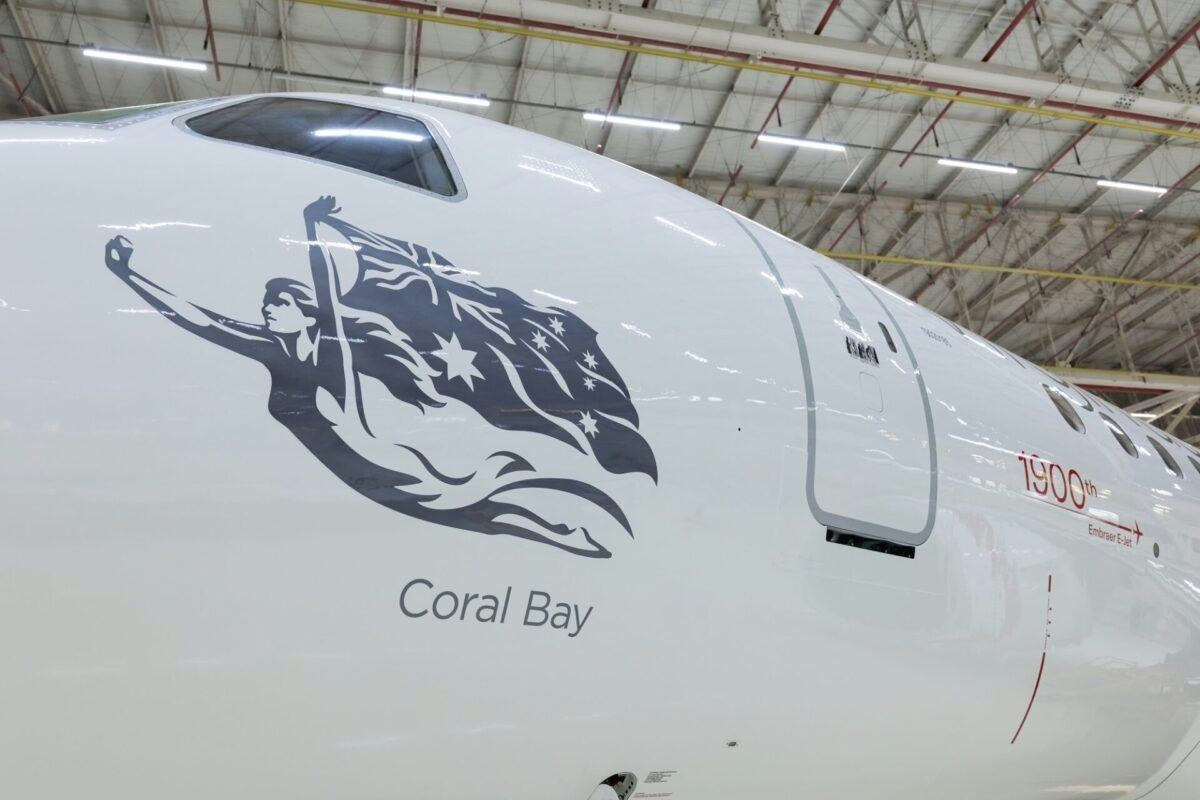
Azorra Delivers Australia’s First E190-E2 to Virgin Australia
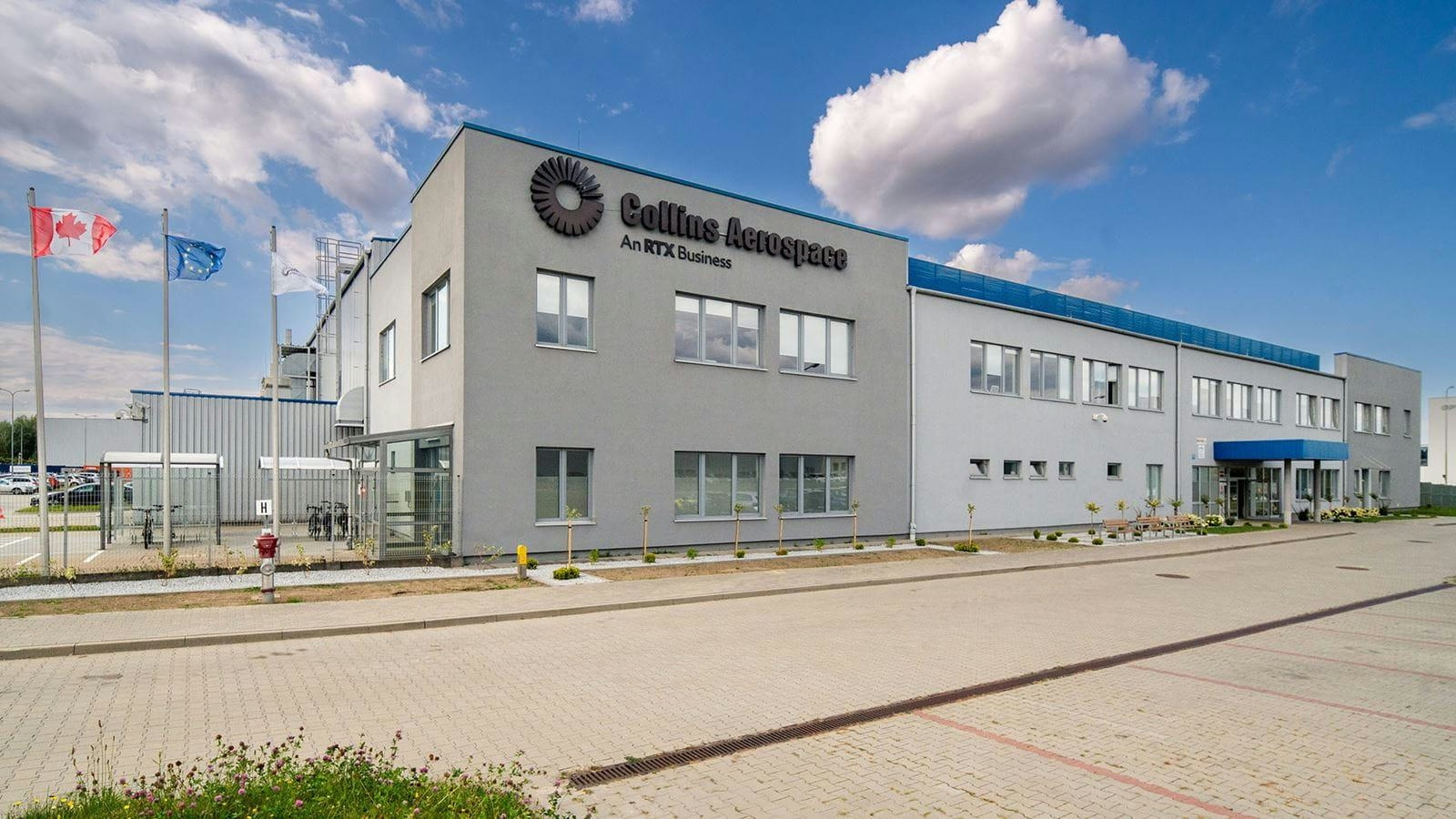
Collins Aerospace Expands MRO Facility in Tajęcina, Poland
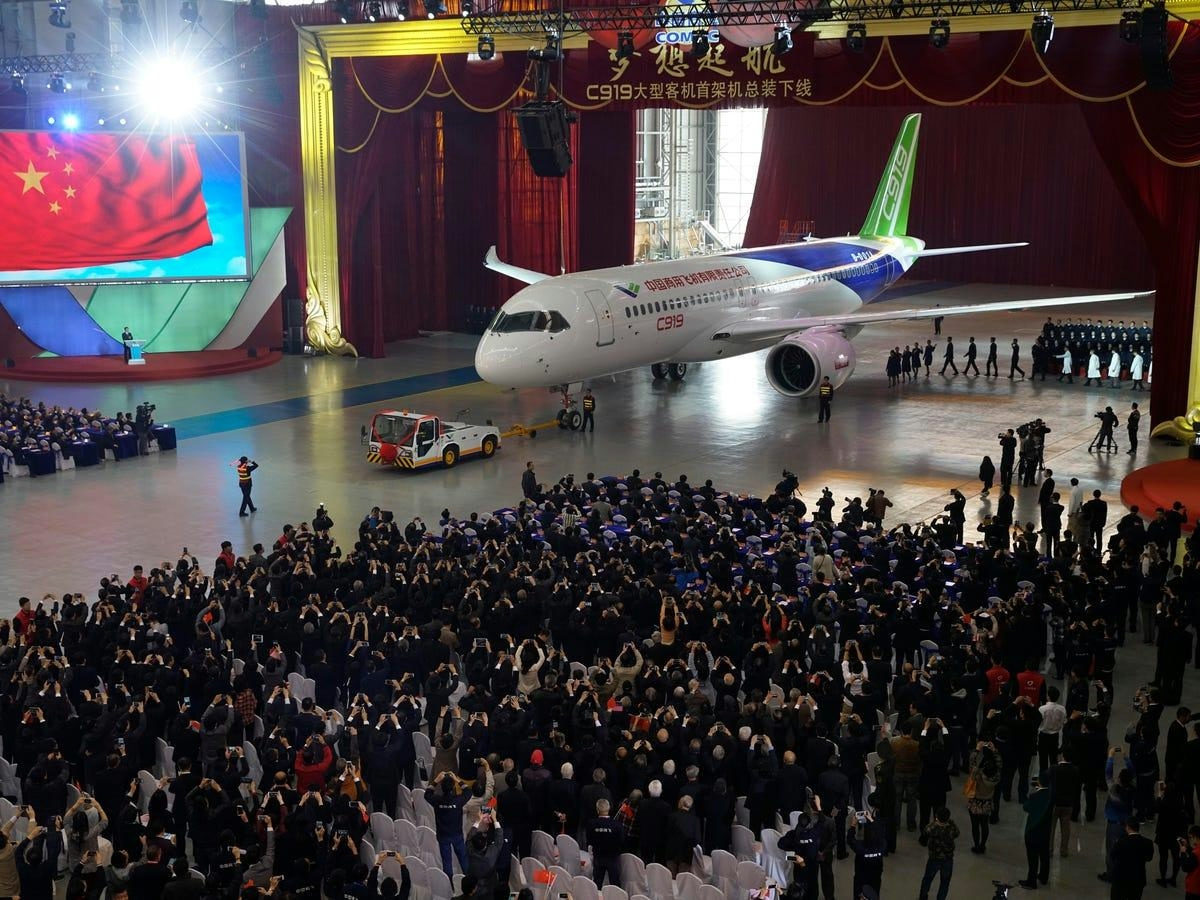
COMAC Aims to Triple Aircraft Deliveries by 2030
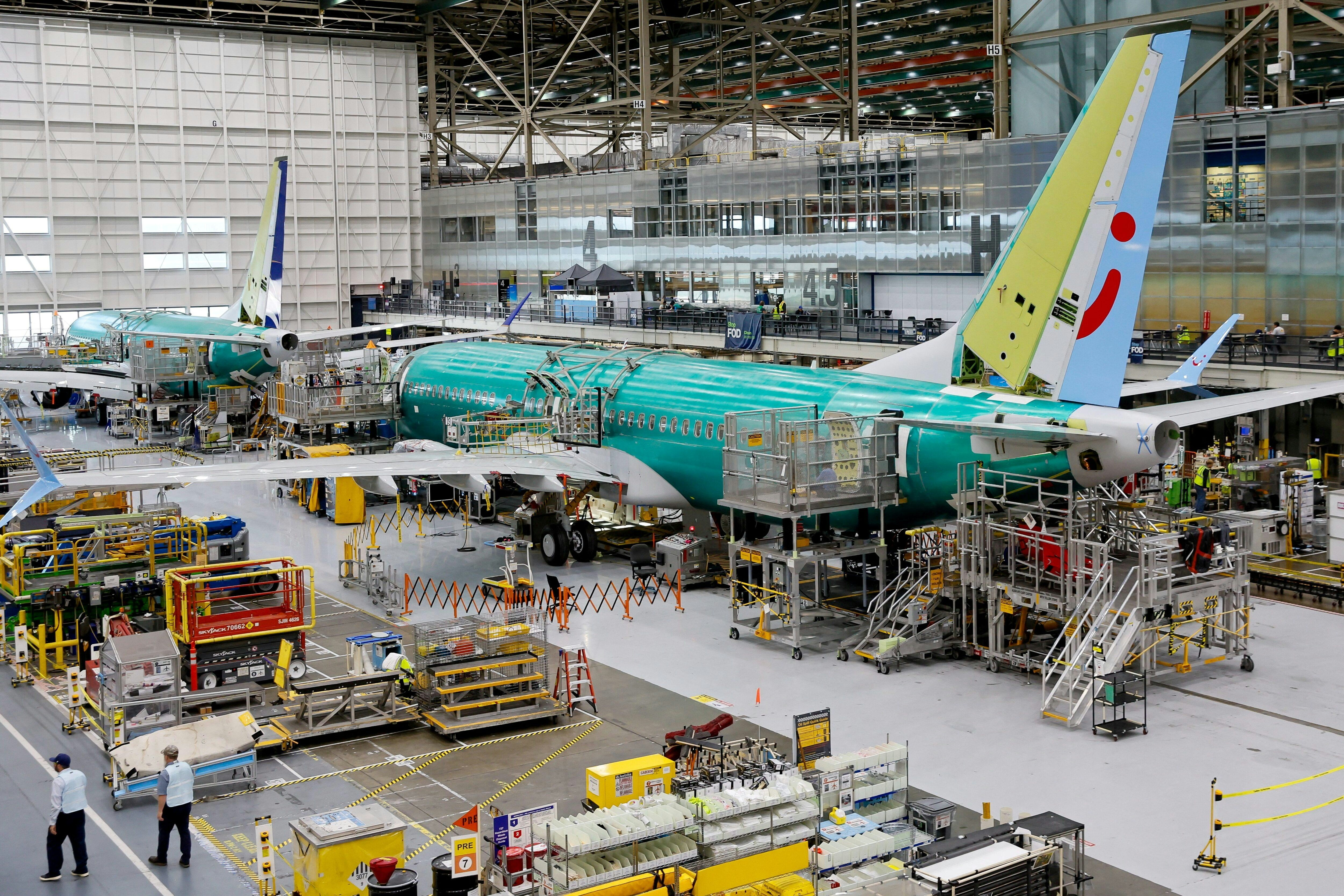
ALM Acquires Two Boeing 737 MAX 8 Aircraft from BOC Aviation
